Noel Ivanoff
Slider Paintings
30 January - 28 February 2015
Contemporary painting retains from its Modernist and Conceptualist background the belief that every artist’s work should stake out a position—that a painting is not only a painting but also the representation of an idea about painting. That is one reason there is so little contradiction now between abstract and representational painting: In both cases, the painting is there not to represent the image; the image exists in order to represent the painting (that is, the painting’s idea of painting). – Barry Schwabsky.
The Slider series extends my interest in employing utilitarian methods as a means of making paintings. They are inspired by the process of mixing paint: an action usually reserved for a pallette (usually horizontal) prior to the paint being applied onto the painting (usually vertical). To play on this, I execute the paintings horizontally, using squeegees and jigs, in an effort to collapse the distinction between pallette and painting, preparation and execution.
These works present paint plainly as material: a substance spread thin and coagulated on the margins of each movement. In these movements, which both accumulate and erase form, an illusionism emerges that asks the viewer to associate with forms in the real world and consider how a painting can oscillate between substance and image. The paint has been mixed in order to achieve a colour that when thick appears black, but when spread and extended, highlights the colours brought together in its making. This questions the definition of the “monochrome.” To paraphrase David Batchelor, it explores the place where colour comes into being and where it fades away, probing when it begins and when it ends – both in the imagination and in the material world.
In their embrace of material and process-oriented approaches, the slider paintings can be aligned with traditions of late modernist abstraction. But by deploying the utilitarian, I seek to reconnect the language of abstraction with the actions of those tradespeople whose professions require them to produce work that is consistent, evenly sized and efficiently produced, while also celebrating the variation and falliability that the handmade inevitably generates. They owe as much to the plasterer and the chef as the artist/painter.
Noel Ivanoff 2014
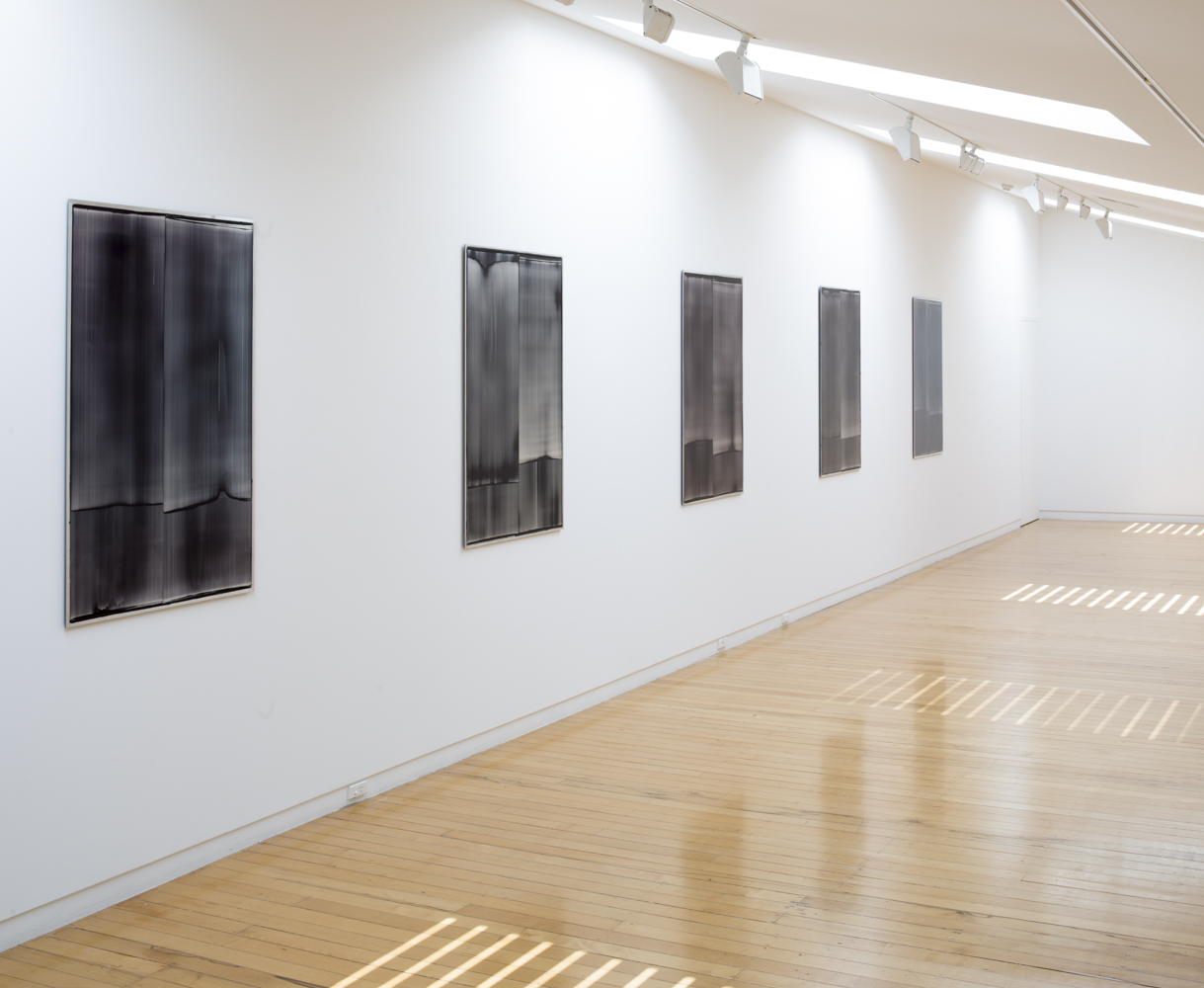
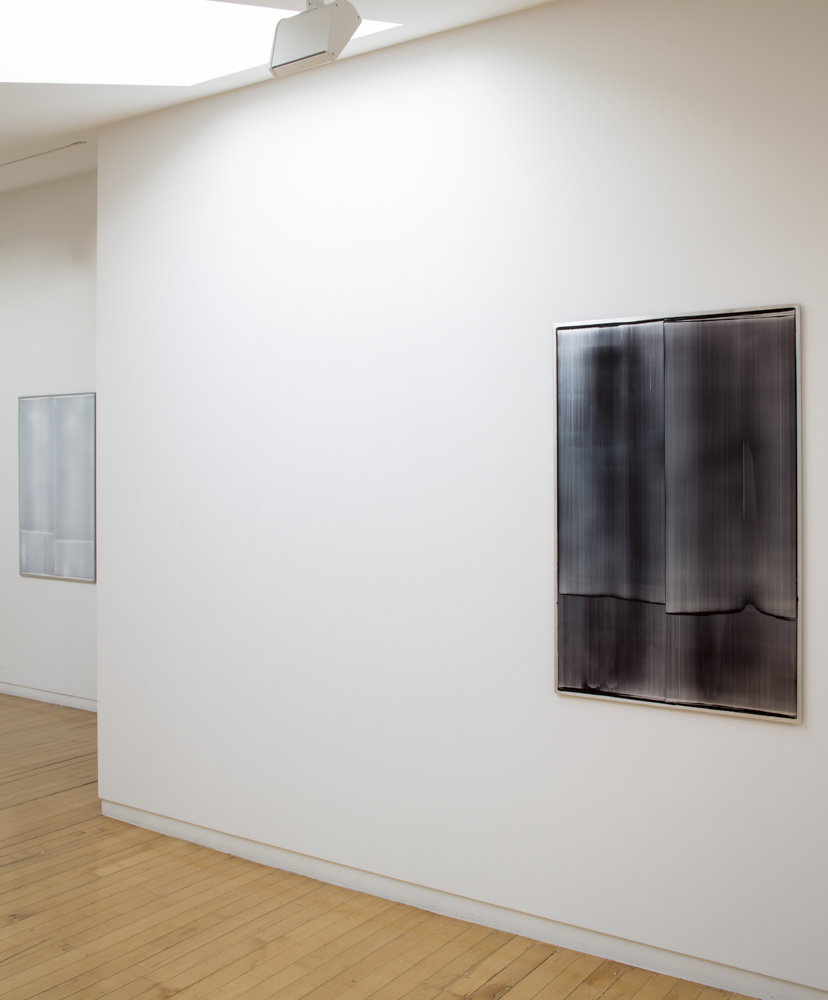
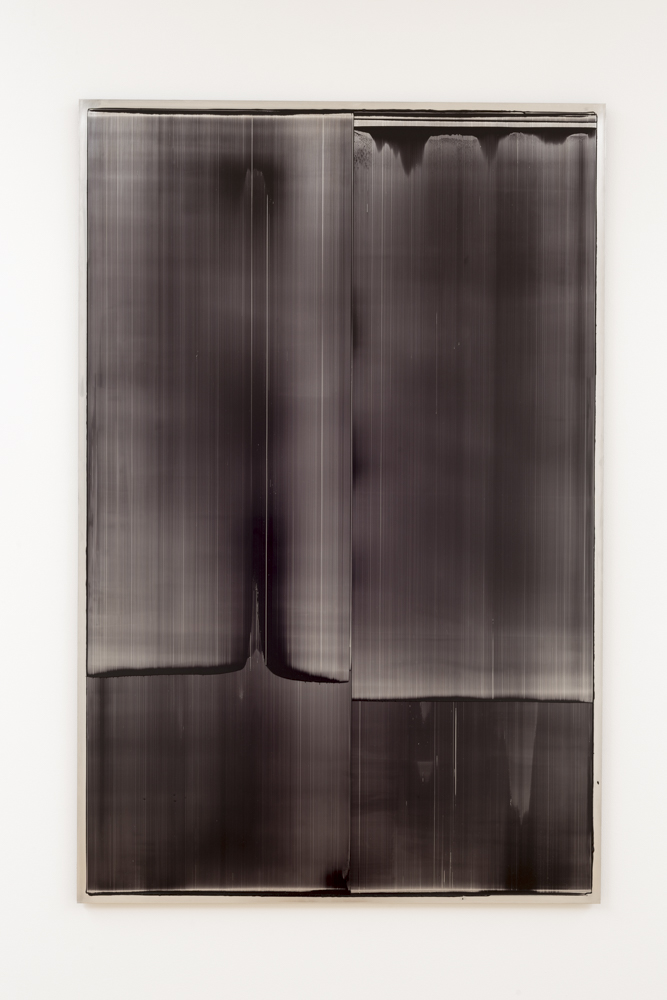
Oil on aluminium panel
1220 x 800 mm
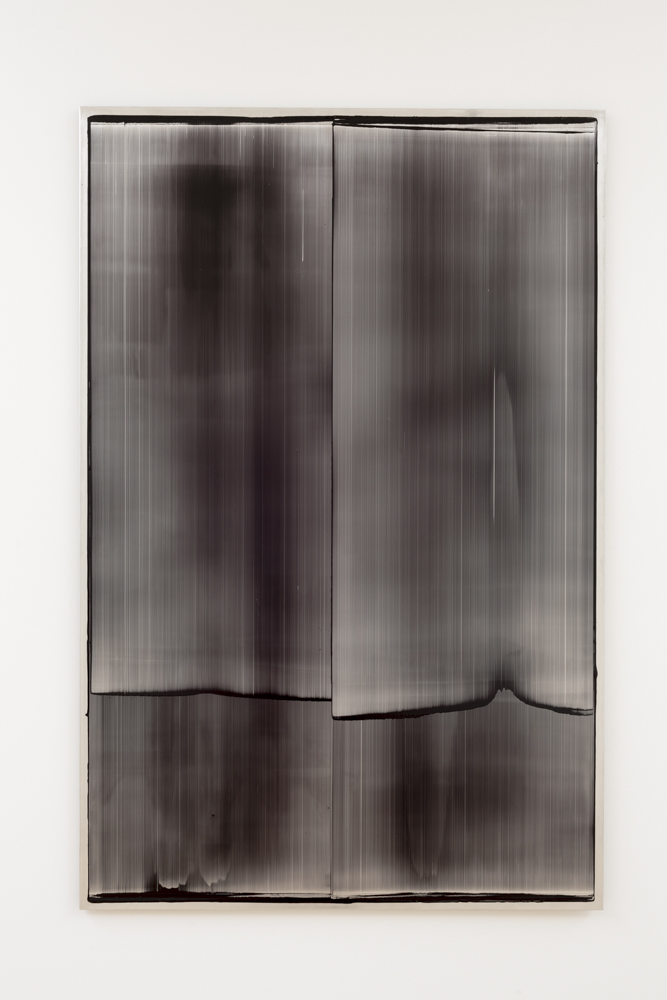
Oil on aluminium panel
1220 x 800 mm
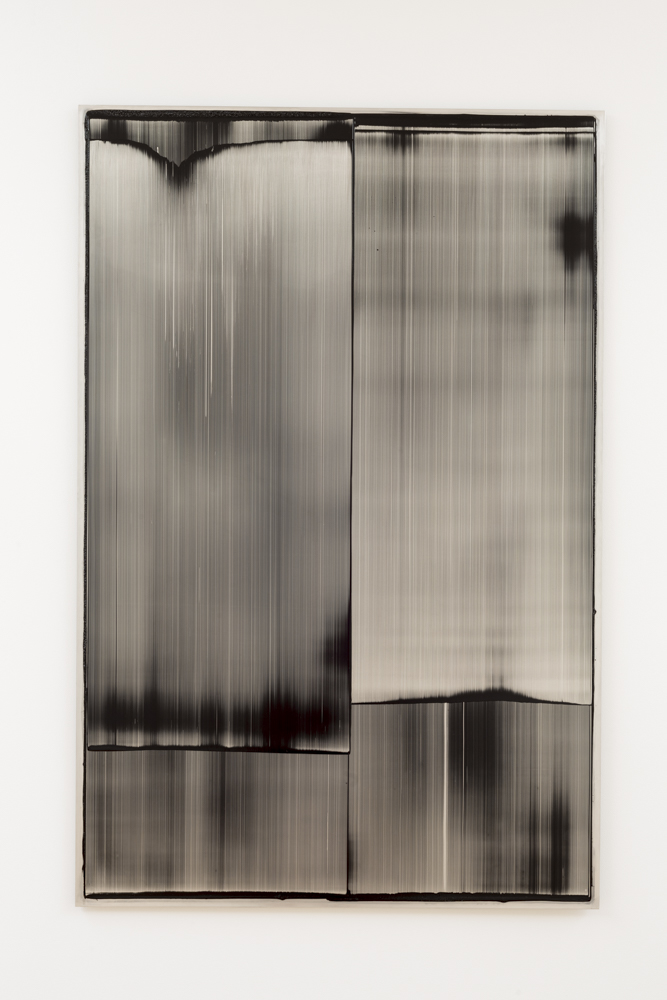
Oil on aluminium panel
1220 x 800 mm
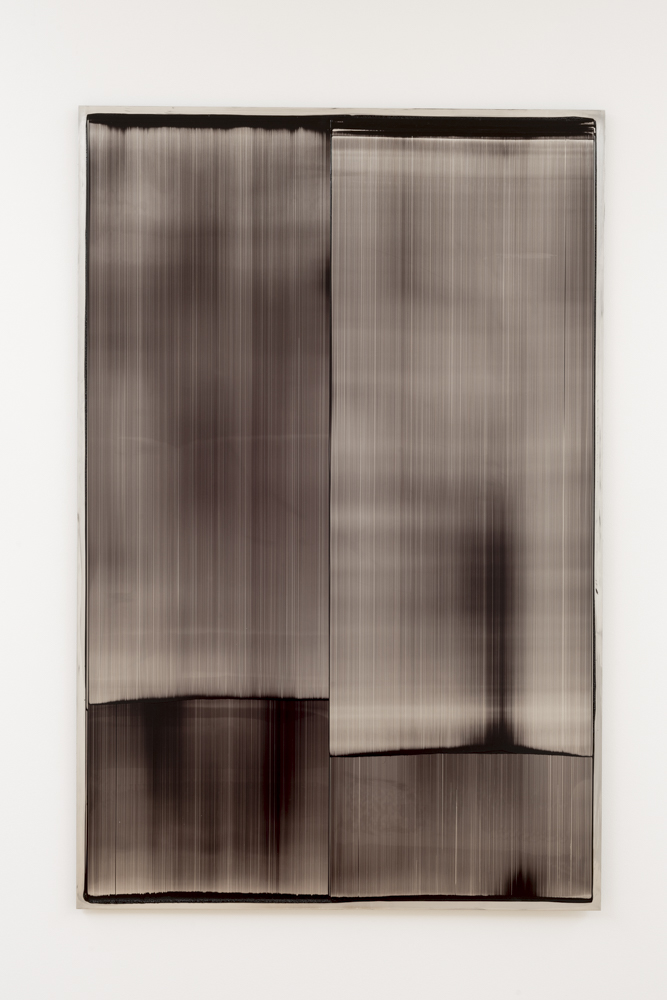
Oil on aluminium panel
1220 x 800 mm
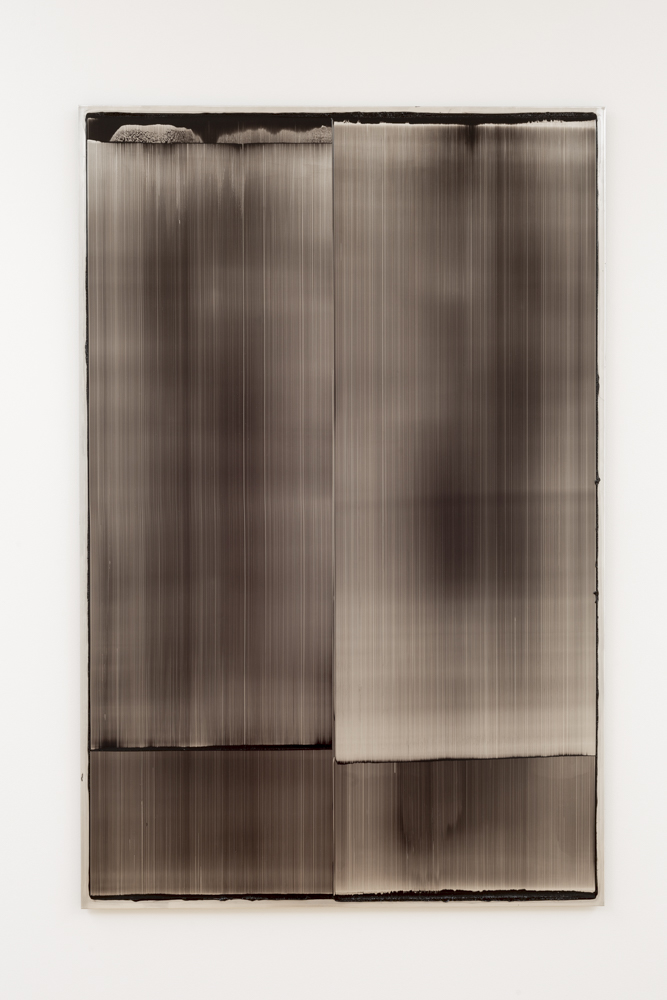
Oil on aluminium panel
1220 x 800 mm
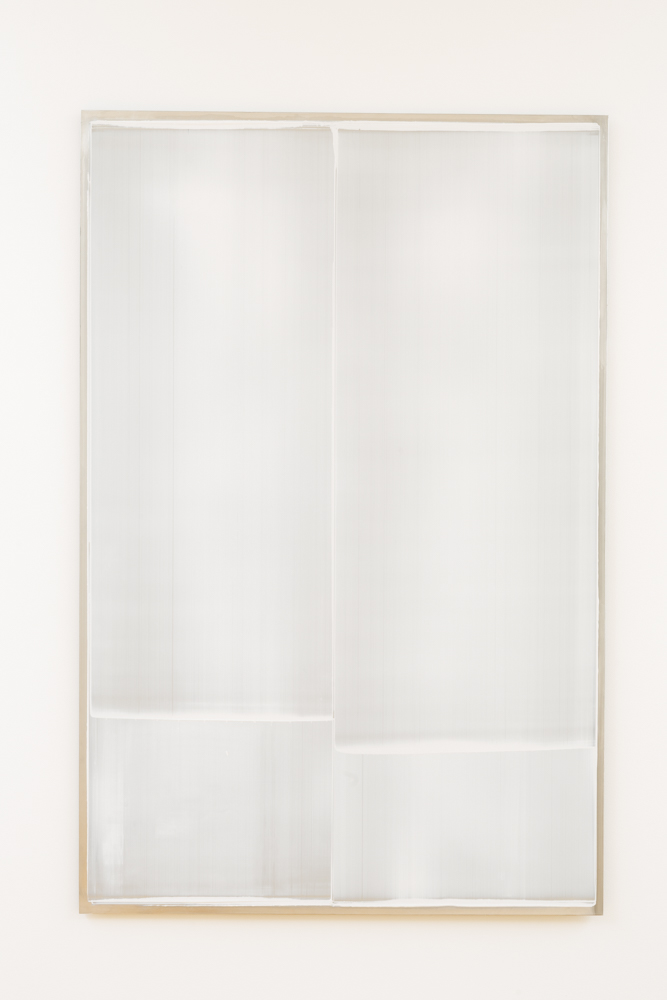
Oil on aluminium panel
1220 x 800 mm